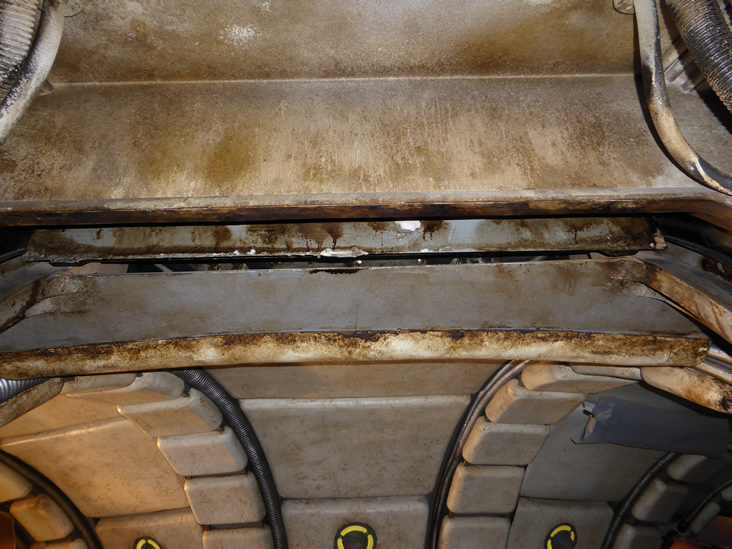Where are the top 100 universities by property price? Oxford may have knocked the California Institute of Technology off of the top spot in the latest world university rankings, but despite having the label of the UK’s most unaffordable city to live, the historic university town isn’t home to the most expensive property around the world. Online estate agent, eMoov.co.uk, has highlighted where in the latest top 100 university world rankings is home to the most expensive property price. eMoov looked at the average property price per square meter across all 100 universities and found that a property in cities home to the world’s most prestigious academic institutions will set you back, on average, £5,245 a square meter, climbing to £7,496 across those in the UK. Despite its tendency to fuel the UK market and being home to four top 100 universities, London is not top of the pile for property price. However, the top three is dominated by a former British Colony and at £17,646 per a square meter, Hong Kong is home to the most expensive property price in the top 100 university rankings with the University of Hong Kong, Hong Kong University of Science and Technology and the Chinese University of Hong Kong all making the list. At £16,331, London is the second most expensive city in the top 100, with the Imperial College London, University College London, the London School of Economics and Political Science and King’s College London all ranking highly. The University of Tokyo is the eight most expensive at £14,221 per square foot with the National University of Singapore and Nanyang Technological University also in Singapore, completing the top 10 at £13,664. The 10 cheapest university cities are dominated by the United States, with the University of Illinois at Urbana-Champaign the cheapest of the lot at just £783 per a square meter. Of the other UK universities in the list Oxford came 39th (£4,410), Cambridge came 45th (£4,061), Bristol was 56th (£3,502), Warwick 62nd (£3,000), Edinburgh was 63rd (£2,879), Manchester placed 71st (£2,467), Durham 75th (£2,300) and Glasgow finished 78th (£1,995). Russell Quirk, founder and CEO, of eMoov, commented: “The latest results are certainly testament to the quality of higher education available in the United Kingdom with more than 10% of the entrants located her, and for that we should count ourselves very lucky. That said, the escalating cost of fees when attending university has seen it slip out of reach for many and even the cheapest on the list, Durham, would cost well over £1,000 per a square meter to purchase a property in the area. One silver lining that this research does highlight, however, is that at least London isn’t the most expensive where the average property price is concerned.” Source link







